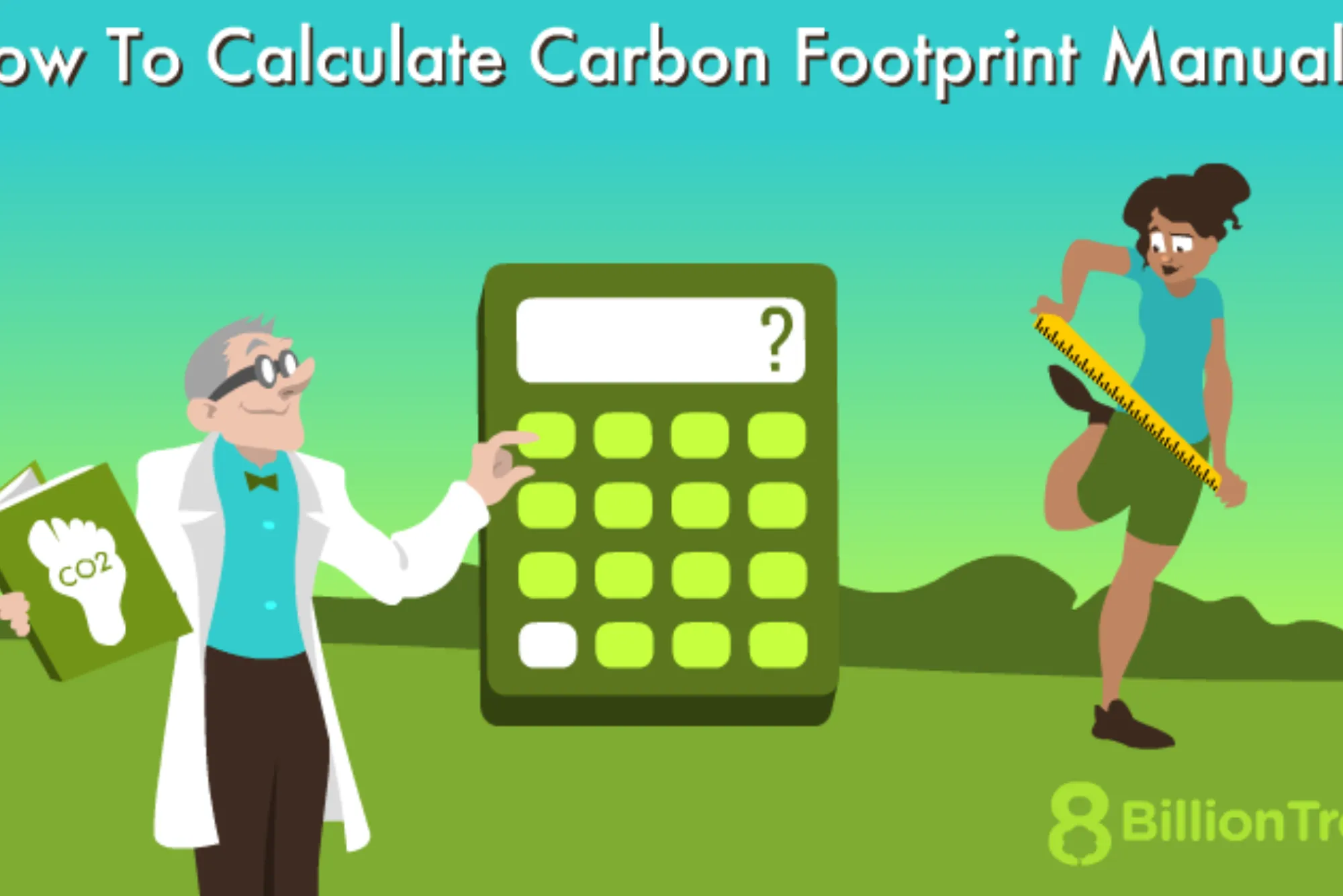Online slots are a cornerstone of digital gaming, offering players thrilling experiences and the chance to win big. But behind the flashy graphics and spinning reels lies a complex system designed to ensure fairness, excitement, and balance. One critical aspect of this system is volatility, a term that describes the risk and reward profile of a slot game. Understanding how volatility is tested in online slots can help players make informed choices and enhance their gaming experience. In this article, we’ll dive deep into the concept of volatility, how it’s measured, and the processes used to test it, all while exploring its significance in the world of online slots, including platforms like no KYC online casinos.
What is Volatility in Online Slots?
Volatility, often referred to as variance, is a measure of how often and how much a slot game pays out. It essentially defines the risk level of a slot. Low-volatility slots offer frequent but smaller wins, making them ideal for players who prefer steady gameplay. High-volatility slots, on the other hand, pay out less frequently but offer the potential for larger payouts, appealing to risk-takers chasing big jackpots.
Understanding volatility is crucial for players because it directly impacts their gaming strategy and expectations. For example, a player at a no KYC online casino might choose a low-volatility slot for longer play sessions with smaller bets, while another might opt for a high-volatility game for the thrill of a potential massive win.
Why Volatility Matters to Players
Volatility shapes the player experience in several ways:
-
Bankroll Management: Low-volatility slots are better for players with limited budgets, as they provide more consistent returns. High-volatility slots require a larger bankroll to weather dry spells.
-
Gameplay Style: Casual players may prefer low-volatility games for their steady payouts, while thrill-seekers might gravitate toward high-volatility slots for the adrenaline rush.
-
Expectation Setting: Knowing a slot’s volatility helps players set realistic expectations about win frequency and payout size.
Testing volatility ensures that these characteristics are accurately represented, giving players confidence in the game’s fairness and reliability.
How Volatility is Defined and Measured
Volatility in online slots is not a random attribute; it’s a carefully calculated metric embedded in the game’s design. Developers use mathematical models to determine a slot’s volatility, which is then rigorously tested to ensure consistency. Let’s explore how this process works.
The Role of Random Number Generators (RNGs)
At the heart of every online slot is a Random Number Generator (RNG), a software algorithm that ensures each spin is independent and unpredictable. The RNG determines the outcome of each spin, and its behavior is a key factor in a slot’s volatility. For example:
-
In a low-volatility slot, the RNG is programmed to produce frequent winning combinations, but with smaller payouts.
-
In a high-volatility slot, the RNG is designed to generate fewer wins, but with higher payout potential.
Testing the RNG is the first step in assessing volatility. Developers and third-party auditors simulate millions of spins to analyze the RNG’s output and ensure it aligns with the intended volatility level.
Paytable Analysis
The paytable, which outlines the payouts for different symbol combinations, is another critical component of volatility. Testers examine the paytable to understand how rewards are distributed. For instance:
-
A slot with a wide range of payouts (e.g., small wins for common symbols and massive jackpots for rare combinations) is likely high-volatility.
-
A slot with more balanced payouts across combinations is typically low-volatility.
By analyzing the paytable alongside RNG data, testers can confirm whether the game’s payout structure matches its advertised volatility.
Return to Player (RTP) and Volatility
While volatility and RTP are related, they’re not the same. RTP represents the percentage of wagered money a slot returns to players over time (e.g., 96% RTP means $96 returned for every $100 wagered). Volatility, however, dictates how those returns are distributed. Testers evaluate how RTP interacts with volatility to ensure the game delivers the expected experience. For example, a high-volatility slot with a 96% RTP might have long periods of no wins followed by a large payout, while a low-volatility slot with the same RTP will offer more frequent, smaller returns.
The Testing Process for Volatility
Testing volatility is a meticulous process that involves both developers and independent auditors. The goal is to ensure that the game performs as advertised and provides a fair experience for players, whether they’re playing at traditional online casinos or no KYC online casinos. Here’s a breakdown of the testing process.
Simulation Testing
To test volatility, developers run simulations of millions of spins using specialized software. These simulations mimic real-world gameplay, allowing testers to collect data on:
-
Win Frequency: How often wins occur over a set number of spins.
-
Payout Distribution: The size and variability of payouts.
-
Hit Rate: The percentage of spins that result in a win.
By analyzing this data, testers can categorize the slot as low, medium, or high volatility. For example, a slot with a hit rate of 30% and mostly small payouts would be classified as low-volatility, while a slot with a 10% hit rate and occasional large payouts would be high-volatility.
Third-Party Auditing
To ensure impartiality, online slots are tested by independent auditing agencies like eCOGRA, iTech Labs, or GLI (Gaming Laboratories International). These organizations verify that the game’s volatility aligns with the developer’s claims. They also check:
-
RNG Integrity: Ensuring the RNG produces truly random results.
-
Compliance with Regulations: Confirming the game meets industry standards set by gaming authorities like the Malta Gaming Authority or UK Gambling Commission.
-
Consistency Across Platforms: Verifying that volatility remains consistent whether the game is played on a desktop, mobile device, or at a no KYC online casino.
Auditors provide certifications that assure players of the game’s fairness and reliability.
Real-World Testing
While simulations provide valuable data, real-world testing adds another layer of assurance. Developers may release a slot in a beta phase to a limited audience to observe how it performs in live conditions. This step helps identify any discrepancies between simulated and actual gameplay, ensuring the volatility behaves as expected.
Factors Influencing Volatility
Several design elements influence a slot’s volatility, and testers evaluate each to ensure they contribute to the intended player experience.
Number of Reels and Paylines
Slots with more reels and paylines tend to have higher volatility because the increased complexity reduces the likelihood of hitting winning combinations. For example, a 5-reel slot with 243 ways to win might be more volatile than a 3-reel slot with 10 paylines.
Bonus Features and Jackpots
Bonus rounds, free spins, and progressive jackpots can significantly impact volatility. High-volatility slots often include features like progressive jackpots or multipliers that offer substantial rewards but are harder to trigger. Testers analyze how frequently these features activate and how they affect overall payouts.
Symbol Weighting
Developers assign different weights to symbols, affecting how often they appear on the reels. High-value symbols (e.g., wilds or scatters) in high-volatility slots are weighted to appear less frequently, while low-volatility slots have more balanced symbol distributions. Testers verify that symbol weighting aligns with the game’s volatility profile.
How Volatility Affects Player Experience
Volatility isn’t just a technical metric; it shapes how players interact with a slot game. Understanding its impact can help players choose games that match their preferences and goals.
Low-Volatility Slots
These slots are ideal for players who enjoy longer sessions and smaller, more frequent wins. They’re less risky, making them a popular choice for casual players or those with limited budgets. However, the trade-off is that payouts are typically modest, so players chasing life-changing wins might find them less exciting.
Medium-Volatility Slots
Medium-volatility slots strike a balance between risk and reward. They offer a mix of smaller, frequent wins and occasional larger payouts, making them suitable for a wide range of players. These slots are often chosen by players who want a bit of excitement without the extreme swings of high-volatility games.
High-Volatility Slots
High-volatility slots are designed for thrill-seekers willing to take bigger risks for the chance of substantial rewards. These games can be unpredictable, with long stretches of no wins followed by significant payouts. They’re popular among players at no KYC online casinos who are looking for high-stakes action.
Challenges in Testing Volatility
Testing volatility isn’t without its challenges. Developers and auditors must navigate several complexities to ensure accurate results.
Balancing Player Expectations
Players expect slots to deliver the advertised volatility, but perceptions can vary. For example, a player might feel a high-volatility slot is “unfair” during a losing streak, even if the game is performing as designed. Testers must ensure that volatility is clearly communicated through game descriptions and paytables.
Regulatory Compliance
Different jurisdictions have varying requirements for slot games. Testers must ensure that volatility meets the standards of each regulatory body, which can involve additional testing and documentation.
Evolving Technology
As slot games incorporate advanced features like cascading reels, megaways, or interactive bonus rounds, testing volatility becomes more complex. Testers must adapt their methods to account for these innovations while maintaining accuracy.
How Players Can Use Volatility Information
Armed with knowledge about volatility, players can make smarter decisions when choosing slots. Here are some tips:
-
Check Game Descriptions: Most reputable casinos, including no KYC online casinos, provide volatility information in the game’s description or help section.
-
Start with Demo Mode: Many platforms offer free demo versions of slots, allowing players to test volatility without risking real money.
-
Align with Your Goals: Choose low-volatility slots for extended play or high-volatility slots for a shot at big wins, depending on your preferences.
By understanding volatility, players can tailor their gaming experience to match their risk tolerance and budget.
Conclusion
Volatility is a defining feature of online slots, influencing everything from payout frequency to player excitement. Testing volatility involves a combination of RNG analysis, paytable evaluation, simulation testing, and third-party auditing to ensure fairness and consistency. Whether you’re spinning the reels at a traditional casino or exploring no KYC online casinos, understanding volatility can enhance your gaming strategy and enjoyment. By choosing slots that align with your preferences, you can maximize both the fun and potential rewards of your gaming experience.




